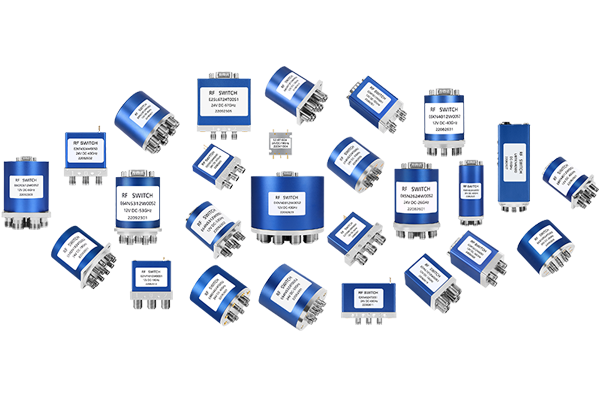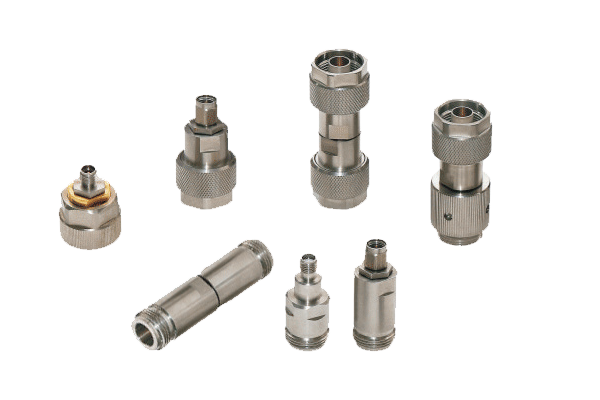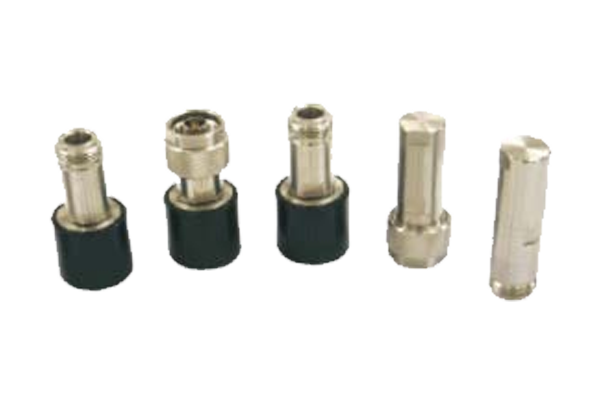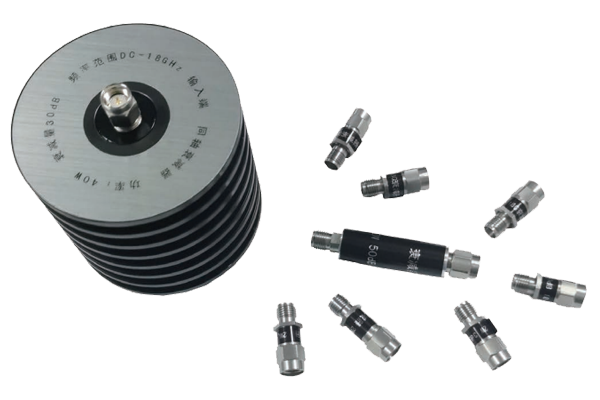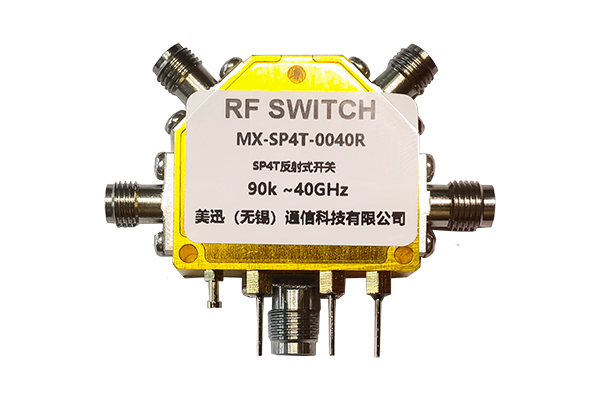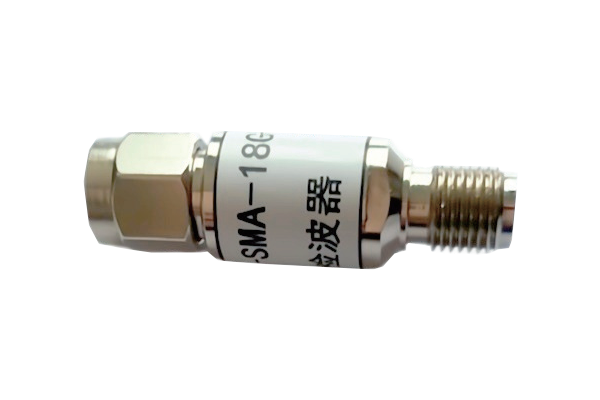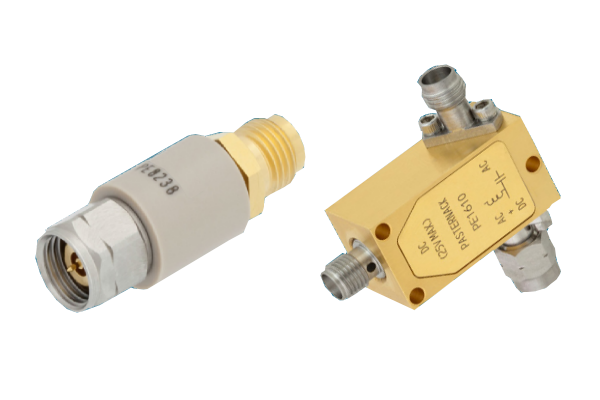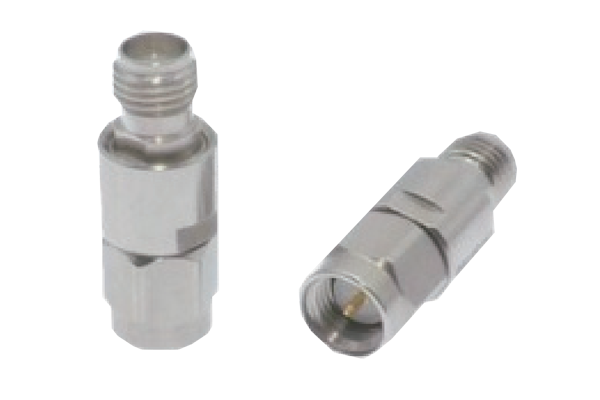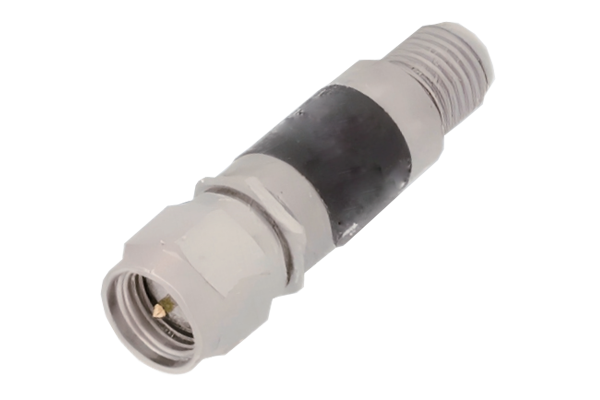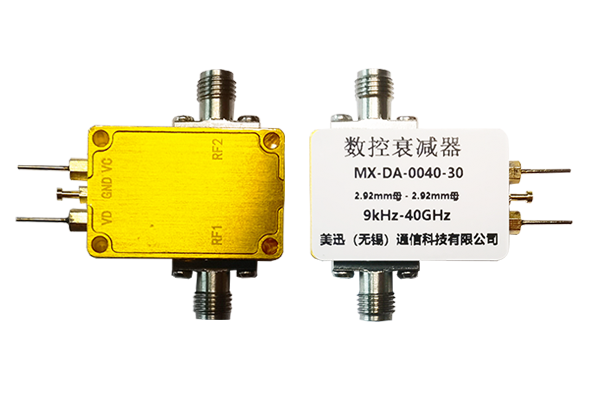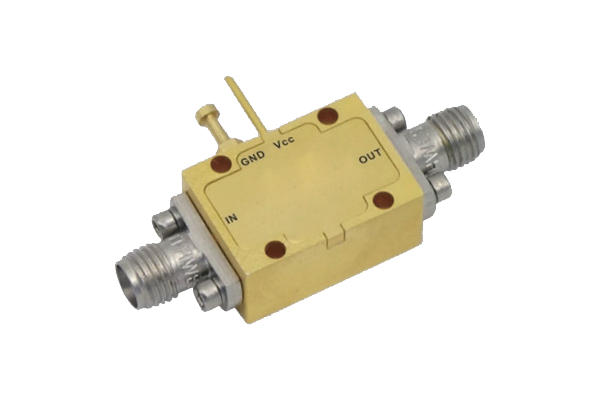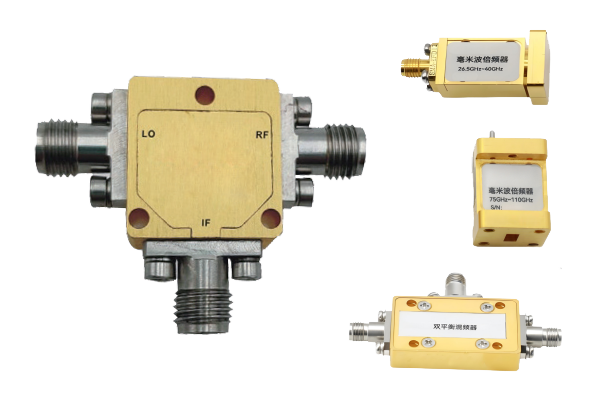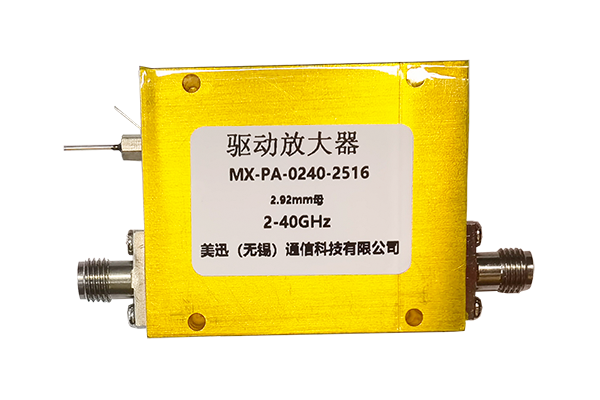Can PA amplifiers operate in low-temperature environments
Operating PA Amplifiers in Low-Temperature Environments
Essential guidelines for maintaining performance and reliability of your equipment in cold conditions
Impact of Low Temperature on Devices
- Low temperatures may adversely affect the performance and components of PA amplifiers
- Changes in component parameters: capacitor values may decrease and resistor values may increase
- Affects normal operating point of the circuit, potentially reducing signal amplification efficiency
- Can lead to increased distortion in output signals
- Slight reduction in conductivity of metal components
- Condensation may form frost or ice at interfaces, resulting in poor contact
- Structural loosening possible due to component shrinkage
Moisture presence at connectors can freeze, impacting signal transmission and power supply stability in your PA amplifier.
Low-Temperature Compatibility
- Operation in low-temperature environments depends on low-temperature compatibility design
- Models for harsh environments utilize low-temperature-resistant components
- Capacitors with stable low-temperature performance and cold-resistant wire insulation
- Minimal fluctuations in component parameters at low temperatures
- Incorporation of low-temperature compensation in circuit design
- Ordinary commercial models prone to performance degradation without targeted design
Always check device specifications to confirm whether the operating temperature range covers your intended low-temperature environment for the PA amplifier.
Preparations Before Operation
- If the PA amplifier has low-temperature adaptability, make proper preparations
- Place the device in a transitional room close to the ambient operating temperature
- Avoid moving directly from high-temperature to low-temperature environments
- Prevent condensation from large temperature differences
- Inspect device exterior and connectors, removing any frost or dust
- Ensure connectors are dry and clean before operation
- Allow device to warm up or operate at low power initially
Gradually acclimate the PA amplifier to avoid component shock from sudden high-power startup in cold conditions.
Protective Measures for Operation
- Implement protective measures to ensure stable operation of your PA amplifier
- Provide simple thermal insulation, such as using an insulation cover
- Leave enough space for heat dissipation to prevent overheating
- Regularly check operating status for abnormalities
- Monitor for signal distortion or power drop, adjusting parameters promptly
- In high humidity, strengthen moisture-proofing measures
- Avoid moving equipment to high-temperature environments immediately after use
Allow for a temperature transition period before moving the PA amplifier to prevent damage from sudden temperature changes.
Key Recommendations
To ensure optimal performance and longevity of your PA amplifier in low-temperature conditions, always prioritize gradual temperature changes and consult manufacturer guidelines for specific models when operating in extreme conditions.



